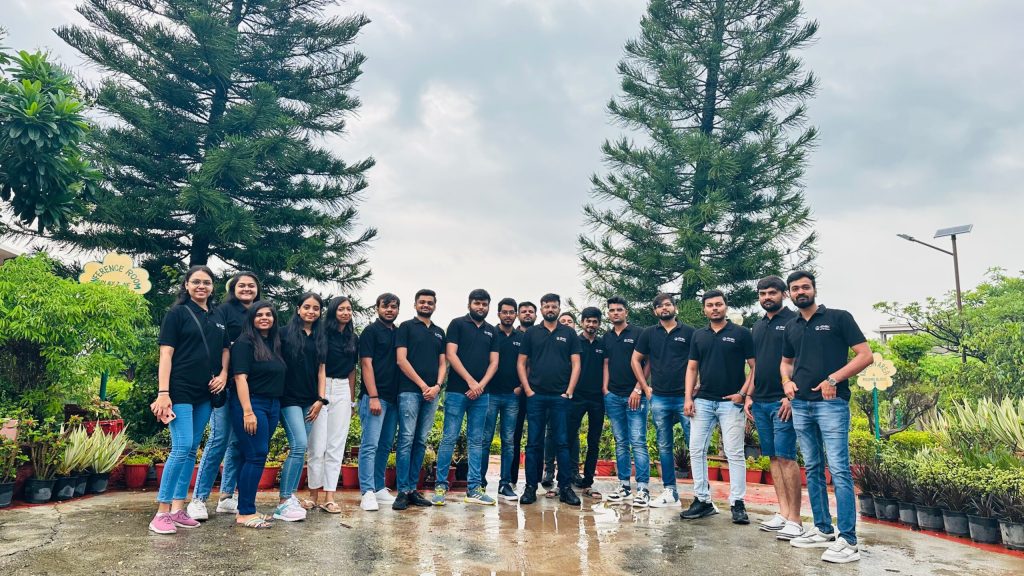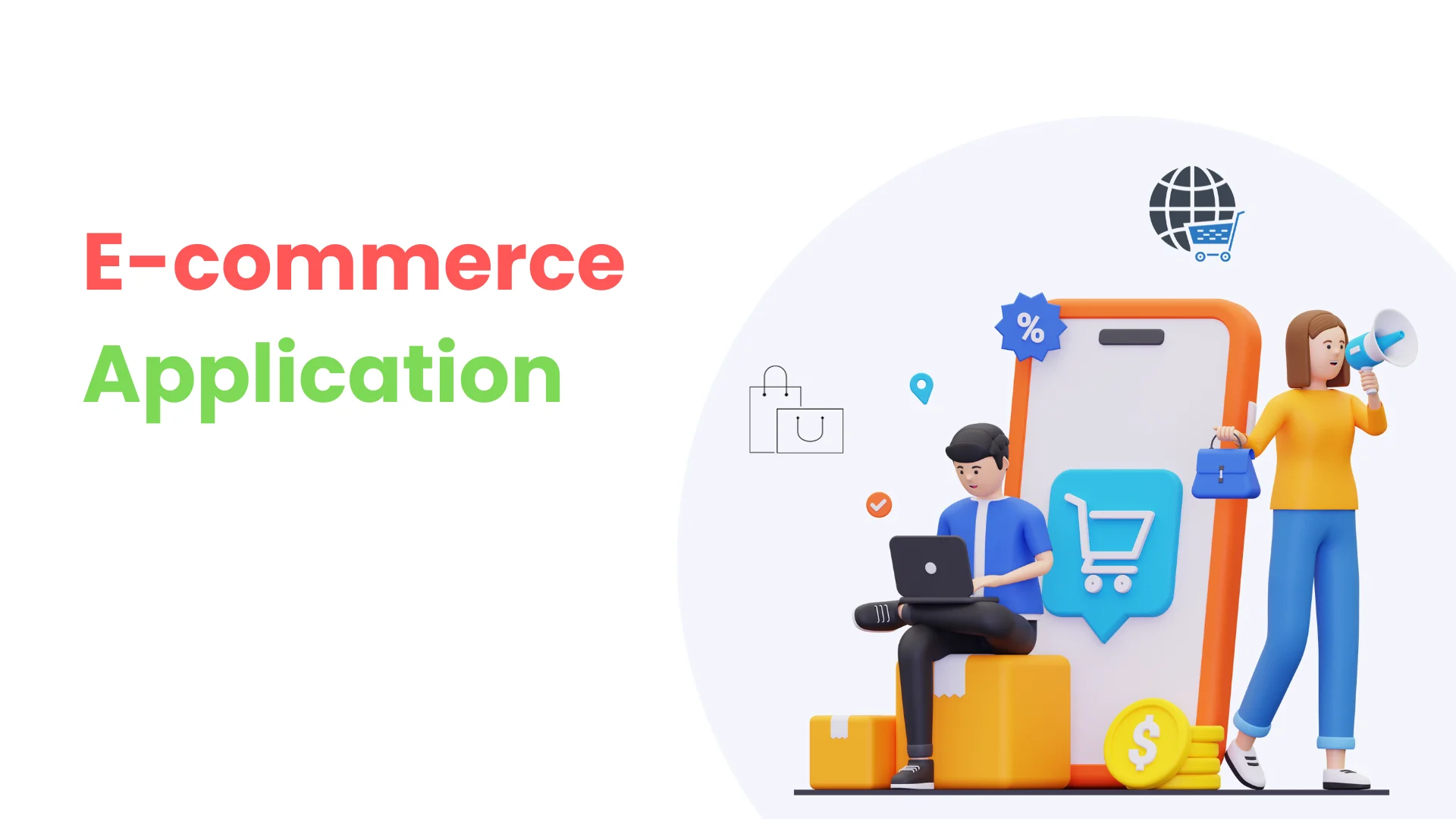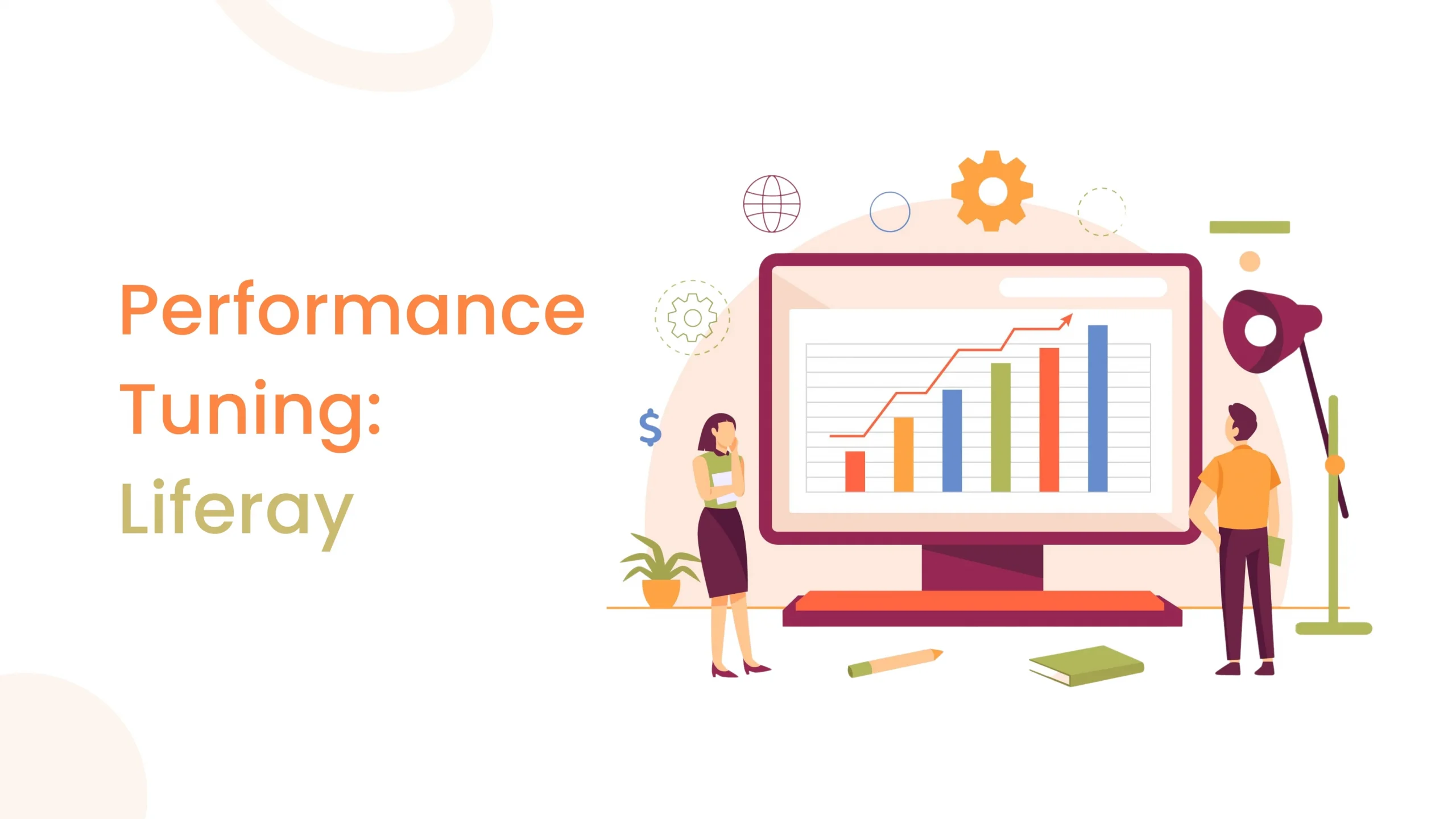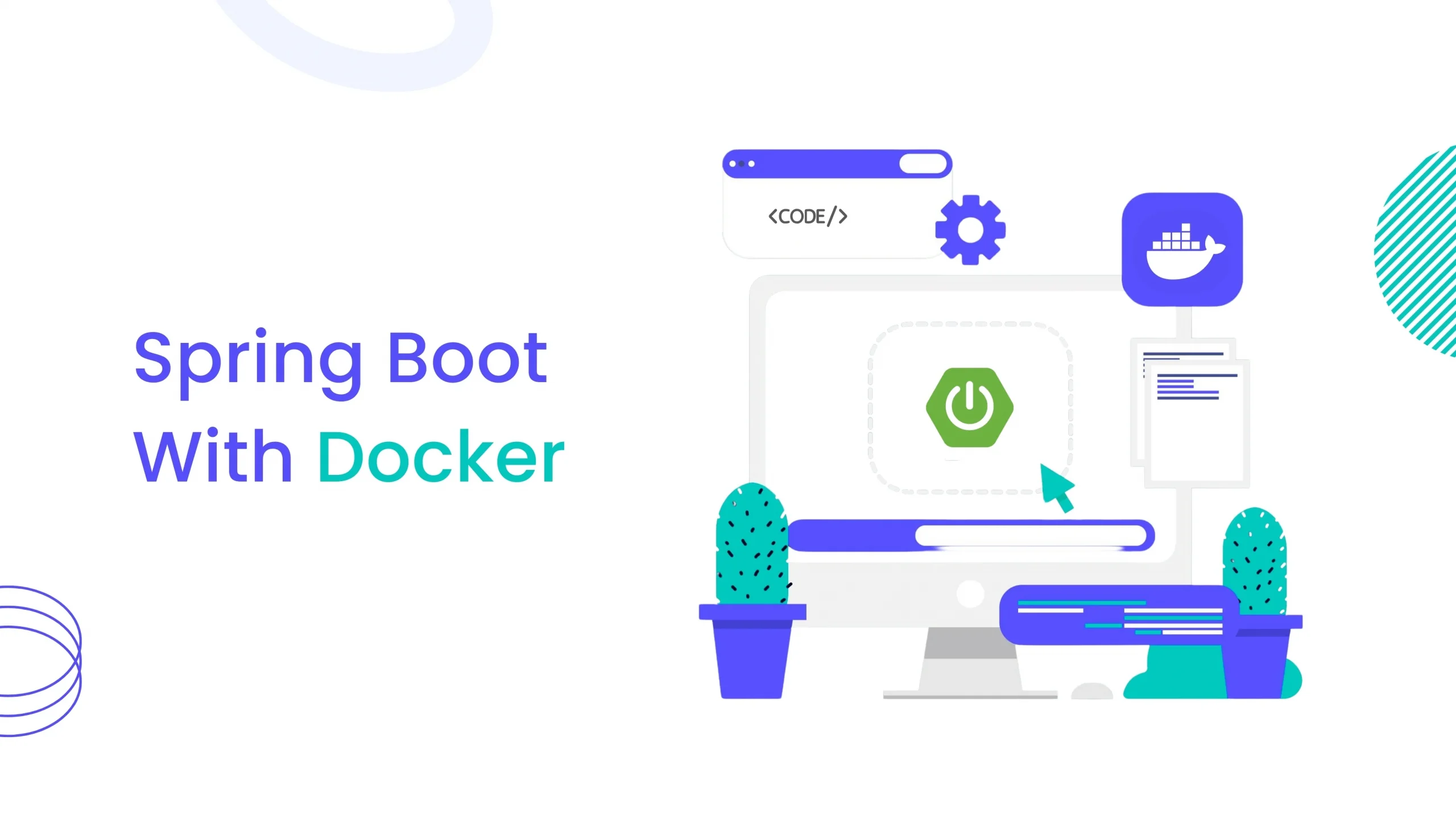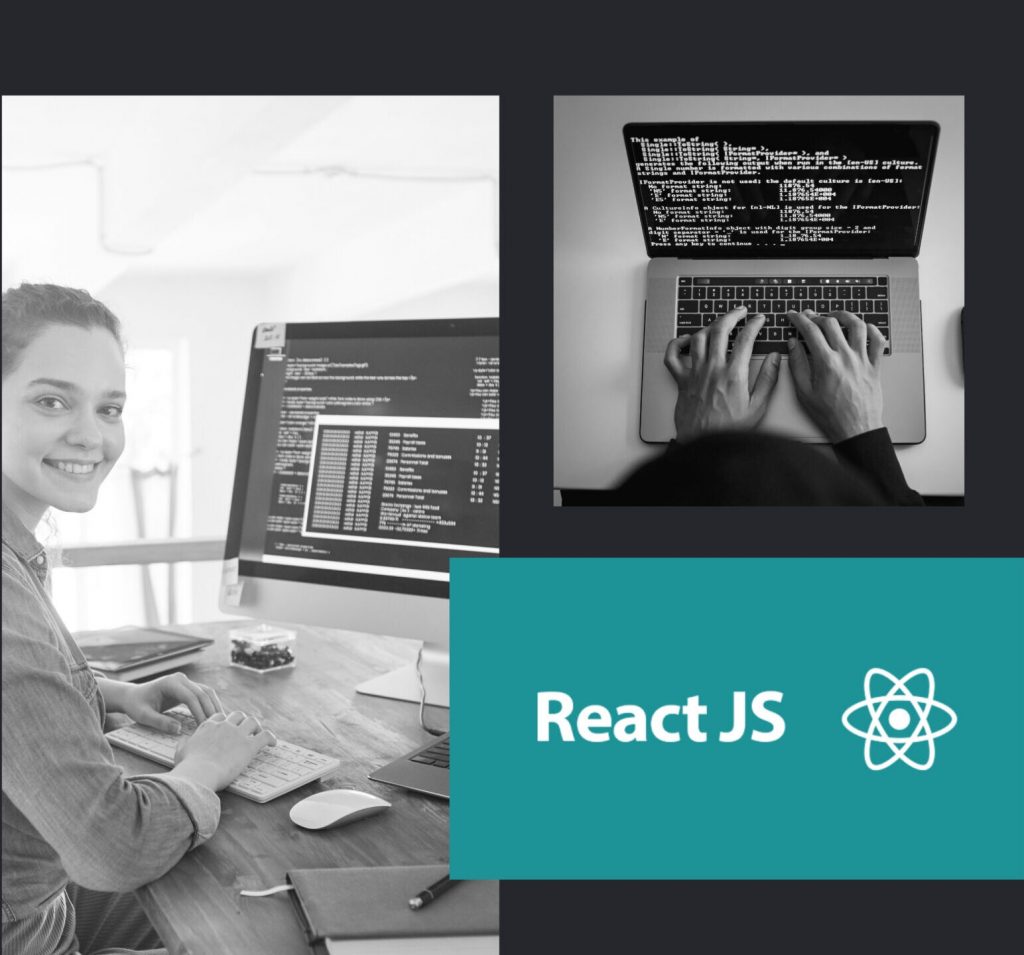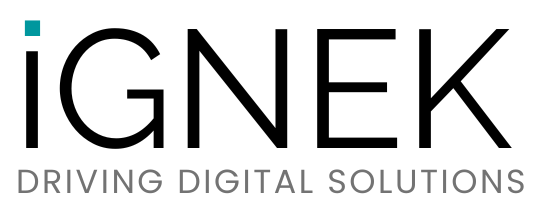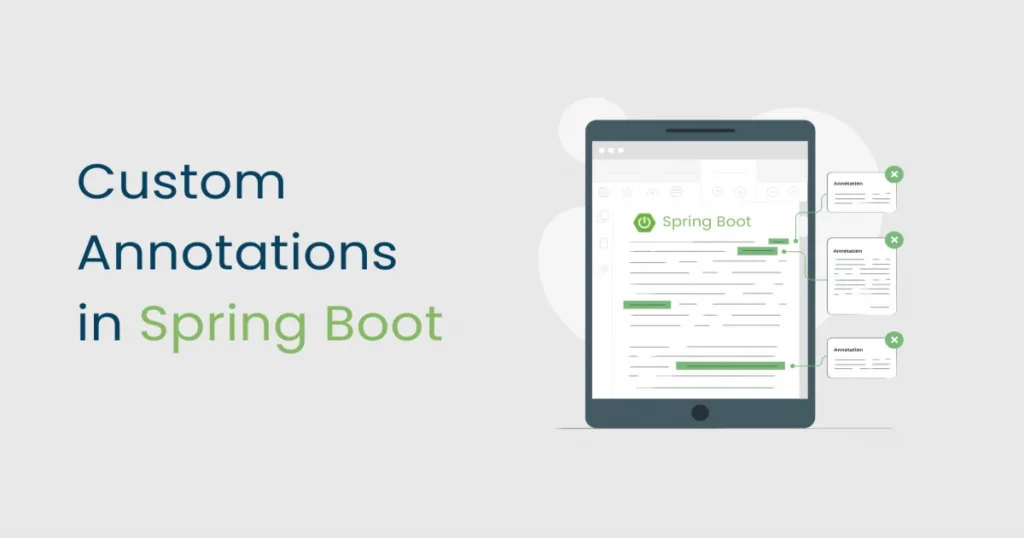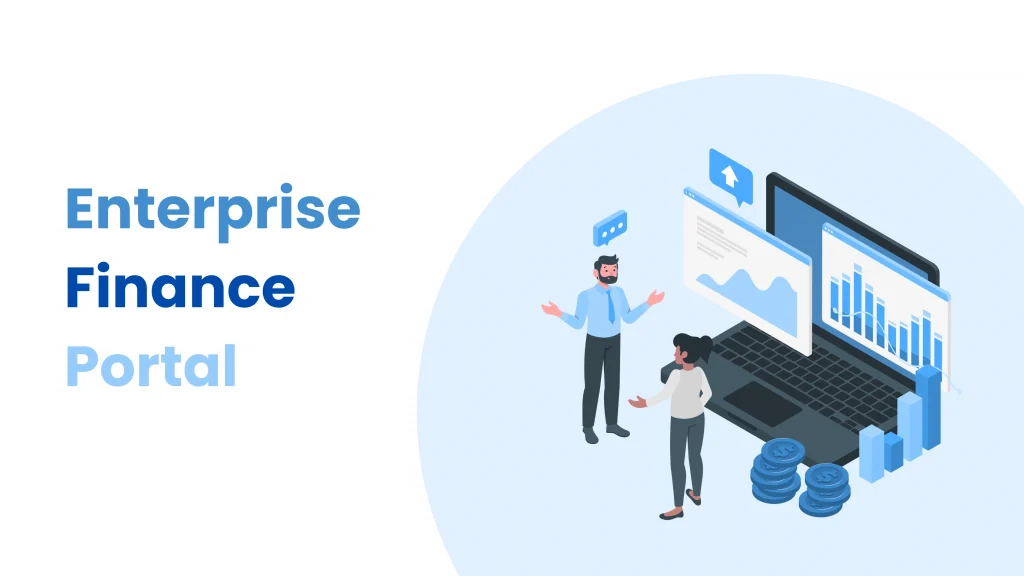In today’s fast-paced digital landscape, real-time data processing and seamless communication between applications are paramount. As businesses expand and data flows become more complex, having a robust and scalable data streaming platform is crucial. This is where Apache Kafka steps in as a leading contender. In this blog, we will explore Kafka’s various use cases, advantages, disadvantages, competitors, and offer some final thoughts on its role in modern data architectures.
Understanding Apache Kafka
Apache Kafka is an open-source distributed streaming platform initially developed by LinkedIn and later donated to the Apache Software Foundation. It provides a fault-tolerant, highly scalable, and distributed publish-subscribe messaging system. Kafka is built around the concept of event streams, which are log-like data structures that allow real-time data to flow from producers to consumers.
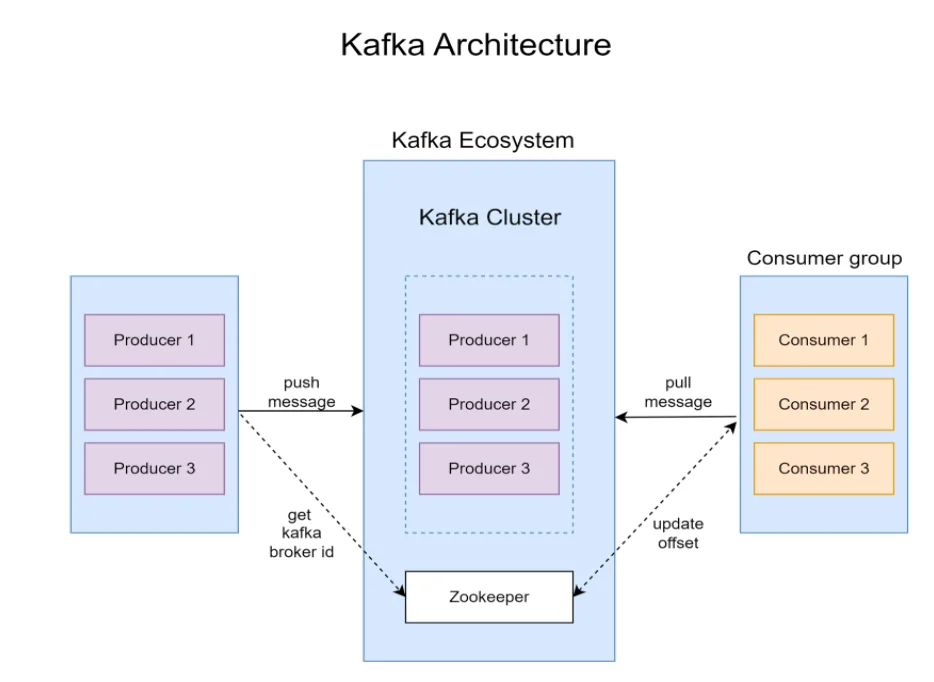
Key Concepts
To grasp Kafka’s significance, let’s understand some key concepts:
Producer
A producer is an entity that sends data or events to Kafka topics. It’s responsible for publishing data to Kafka. Think of it as the source of data that initiates the stream.
Topic
A topic is a logical channel for organizing data streams in Kafka. Topics act as categories or labels for data. Data sent by producers is organized into these topics, allowing for structured data processing.
Consumer
A consumer is an entity that subscribes to topics and processes the data. Consumers read data from topics and can process it independently or collectively, depending on the application’s design.
Brokers
Brokers are Kafka servers that store and manage the data. They act as intermediaries between producers and consumers, ensuring the data is efficiently distributed and replicated for fault tolerance.
ZooKeeper
ZooKeeper is a distributed coordination service used for managing Kafka brokers. It assists in maintaining metadata about Kafka topics, brokers, and consumer group coordination.
Partitions
Partitions are a fundamental concept in Kafka. Topics can be divided into partitions, and each partition can be thought of as an ordered, immutable sequence of messages. Partitions allow Kafka to parallelize data processing and distribute it across multiple brokers. It’s essential for ensuring both scalability and fault tolerance. Producers write to specific partitions, and consumers read from them.
Kafka Use Cases
Kafka finds application across various industries, facilitating real-time data processing, analytics, and event-driven architectures. Here are some prominent use cases:
1) Real-time Data Ingestion
Real-time data ingestion is one of Kafka’s primary use cases. Consider a scenario where an e-commerce platform needs to process millions of customer interactions in real time. Kafka acts as a reliable buffer between various data sources (such as user activity logs, website clickstreams, and mobile app events) and data sinks, enabling the platform to process and analyze these events as they occur. This use case is vital for personalized recommendations, fraud detection, and understanding user behavior.
2) Log Aggregation
For organizations running distributed systems and applications, managing logs efficiently is crucial. Kafka serves as a central hub for collecting, storing, and forwarding logs generated by various components of a system. Log aggregation with Kafka streamlines troubleshooting and debugging, aids in system monitoring, and ensures data is accessible for compliance and auditing purposes.
3) Event Sourcing
Event sourcing is a design pattern used in systems where maintaining a complete history of events is critical. Kafka is a perfect fit for event sourcing architectures. In this context, events represent state changes within an application. Kafka stores these events in an immutable log, preserving the history of an application’s state. This approach is advantageous for financial systems, e-commerce platforms, and any application that needs a reliable audit trail.
4) Real-time Analytics
The demand for real-time analytics has surged as organizations seek to make data-driven decisions instantaneously. Kafka plays a pivotal role in real-time analytics by enabling data to be processed as it arrives. It can feed data into analytical platforms, machine learning models, and dashboards, ensuring that businesses have access to the most up-to-date information. Use cases include fraud detection, supply chain optimization, and dynamic pricing strategies.
5) Messaging Systems
Kafka is widely used as a backbone for building messaging systems in microservices architectures. In this scenario, it acts as a communication channel between various microservices, enabling them to exchange information. For instance, in a ride-sharing application, Kafka facilitates real-time updates between drivers and passengers, ensuring seamless communication and timely notifications.
6) IoT (Internet of Things) Data Streaming
As the IoT ecosystem continues to grow, handling massive volumes of data from sensors and devices in real-time becomes a challenge. Kafka is well-suited for ingesting, processing, and analyzing IoT data. It allows organizations to collect sensor data from various sources, identify patterns, and trigger actions or alerts based on this data. This is vital in smart city initiatives, industrial automation, and remote monitoring.
7) Data Replication and Synchronization
Kafka can also be used to replicate and synchronize data across distributed systems. It ensures data consistency and availability by replicating data across multiple locations. For example, in a multi-datacenter setup, Kafka can synchronize data in real-time, reducing the risk of data loss and ensuring high availability.
8) Machine Learning Pipelines
In machine learning, training models with real-time data is essential. Kafka is often integrated into machine learning pipelines to feed data into models as it becomes available. This is critical in applications like recommendation systems, predictive maintenance, and fraud detection where model accuracy is closely tied to the freshness of data.
Kafka’s versatility in addressing these diverse use cases makes it a go-to solution for data streaming and real-time event processing. It empowers organizations to harness the power of data, make informed decisions, and provide seamless experiences to their customers.
Advantages of Kafka
Kafka’s popularity can be attributed to several key advantages:
1) Scalability
Kafka scales horizontally, allowing you to add more brokers as your data processing needs grow.
2) Durability
It provides fault tolerance by replicating data across multiple brokers, ensuring data reliability.
3) Low Latency
Kafka’s design ensures minimal latency, making it ideal for real-time data processing.
4) Flexibility
It supports a variety of data formats and integrates seamlessly with other data processing frameworks.
Considerations and Competitors
While Kafka offers numerous benefits, it’s essential to consider its limitations and potential alternatives:
Disadvantages
1) Complexity
Setting up and maintaining Kafka clusters can be complex and resource-intensive.
2) Storage Costs
Storing data indefinitely can result in high storage costs.
3) Learning Curve
Kafka may require a learning curve for those new to distributed systems.
Competitors
Kafka is a powerful solution, but it’s not the only one in the data streaming and messaging space. Here are some competitors and alternatives of Apache Kafka:
1) RabbitMQ
RabbitMQ is an open-source message broker that is known for its simplicity and ease of use. It’s a solid choice for simpler use cases and scenarios where the lightweight, yet robust messaging system is preferred. RabbitMQ offers features like message queues, routing, and publish-subscribe patterns.
2) ActiveMQ
ActiveMQ is another open-source messaging broker that provides a rich set of features. It supports various messaging patterns, including point-to-point and publish-subscribe, making it suitable for diverse use cases. ActiveMQ’s strengths lie in its robustness and reliability, making it a strong contender in the messaging realm.
3) Amazon Kinesis
Amazon Kinesis, a part of Amazon Web Services (AWS), is a fully managed service designed for real-time data streaming. It offers multiple services like Kinesis Data Streams, Kinesis Data Firehose, and Kinesis Data Analytics, each tailored to different streaming use cases. If your organization is already invested in AWS, Kinesis can be an attractive option for seamlessly integrating streaming data into your cloud infrastructure.
4) NATS
NATS is a lightweight and high-performance messaging system with a focus on simplicity and speed. It excels in scenarios where low latency and high-throughput communication are paramount. NATS is ideal for microservices architectures and IoT applications.
5) Apache Pulsar
Apache Pulsar, another Apache project, is an open-source distributed messaging and event streaming platform. It is designed to deliver high performance and scalability while maintaining simplicity and ease of use. Pulsar offers features like multi-tenancy and geo-replication, making it suitable for applications with complex requirements.
Final Thoughts
Apache Kafka stands as a robust solution for data streaming in the modern data landscape. Its scalability, low latency, and durability make it a top choice for real-time data processing, log management, and event-driven applications. While it does come with some complexities and storage challenges, Kafka’s advantages far outweigh these concerns.
Kafka’s role in a data architecture is indispensable when real-time data processing and seamless communication are crucial. It empowers businesses to gain deeper insights and enhance decision-making, making it an invaluable asset for any organization embracing the data-driven future.
In conclusion, Apache Kafka is more than a messaging system; it is the backbone of real-time data processing and is poised to continue shaping the future of data architecture.
Discover the power of Spring Boot Microservices for scalable, modular solutions. Streamline development and deployment for efficient, resilient systems. Let’s build your next-gen microservices architecture together!
